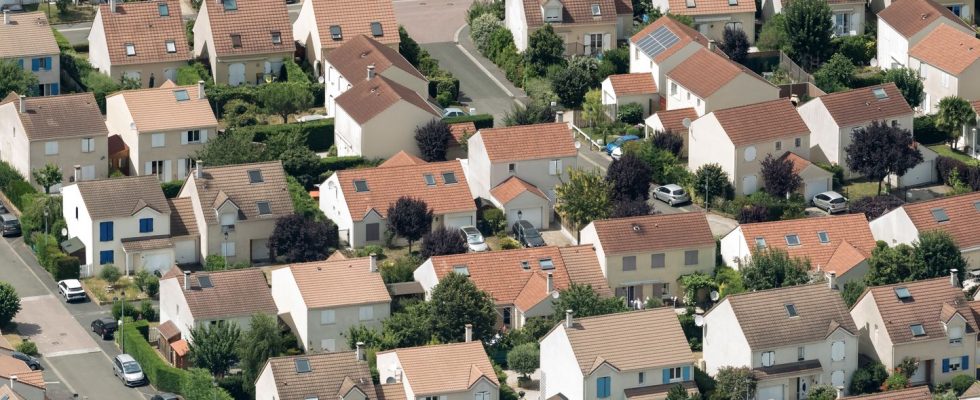“We live well and we are lucky not to look at our bank account too much, but access to property is not for us, so we cannot feel well off,” says Sylvain, 41, frame A of the Public function, in a relationship with a teacher. Yet, if we are to believe the latest indicators from the Observatory of Inequalities (read framed), the income of this childless couple, greater than 4,180 euros per month (after tax), places them in the wealthy class category. Well-off but not rich, since the Observatory sets the threshold at 5,800 euros for childless couples.
This calculation does not take into account assets, and that is where the problem lies for this couple from the Paris region. “I don’t feel well off, I’m not going to go and buy a Porsche or that kind of thing,” says Sylvain. And once again, you have to count 600,000 euros or more in Île-de-France (looking outside Paris intra muros) for what you want, with a little space, and they only lend us for a project to 450,000 euros.
“Paris is a somewhat exceptional case,” reacts Séverine Misset, lecturer in sociology at Nantes University. Beyond this particular example, the general rule is that people who are very well off do not perceive themselves as such. We find people who, even if they are owners, with savings, assets and comfortable income, i.e. objective indices of material well-being, are not going to realize what fraction of the population they belong to.”
The middle classes to “be like everyone else”
When we base ourselves on declarative statements, many people say they belong to the middle class. “There is a form of attraction to this term,” confirms the sociologist. We show that we are like everyone else and on the side of the working classes, there is also this aspiration of not differentiating ourselves from the majority, even if in fact they have more material constraints.”
At a glance, we can say that the middle classes include those who earn more than the poorest 30% of households and less than the richest 20%. This makes it an extremely large and heterogeneous class. “In opinion surveys, we see that the people questioned themselves bring nuances like “small” middle classes,” reports Séverine Misset, who also points out that the other classes, working and upper, are also diverse.
We note a rise in this feeling of belonging to the middle classes, widely courted in contemporary times by politicians when a few decades earlier, we were targeting the working classes more. Neither poor nor rich, they are “the beating heart of our country, architect of the greatness and strength of our nation” according to Gabriel Attal, when he took office.
“There is also a rise in class disaffiliation, that is to say the feeling of not belonging to any social class. Some refuse to identify themselves in this way,” adds Séverine Misset.
“The in-between” of the middle classes
The couple from the Paris region who are heading towards a “supported” housing project, feel like they are in the typical middle-class in-between: “we don’t have enough purchasing power to live where we do.” wants but also no aid or access to social housing because our income is too high,” argues Sylvain.
“It is the discourse of the in-between, of downgrading but which applies at all levels of social space: we always feel above and below someone else. », puts the lecturer in sociology into perspective. Which also helps to explain the attractiveness of the middle class.
Sylvain and his partner will become parents in the spring and at the same time change class (since the thresholds are not the same depending on the composition of the household), moving from the so-called wealthy class to the middle class. A demographic rearmament that is expensive.

